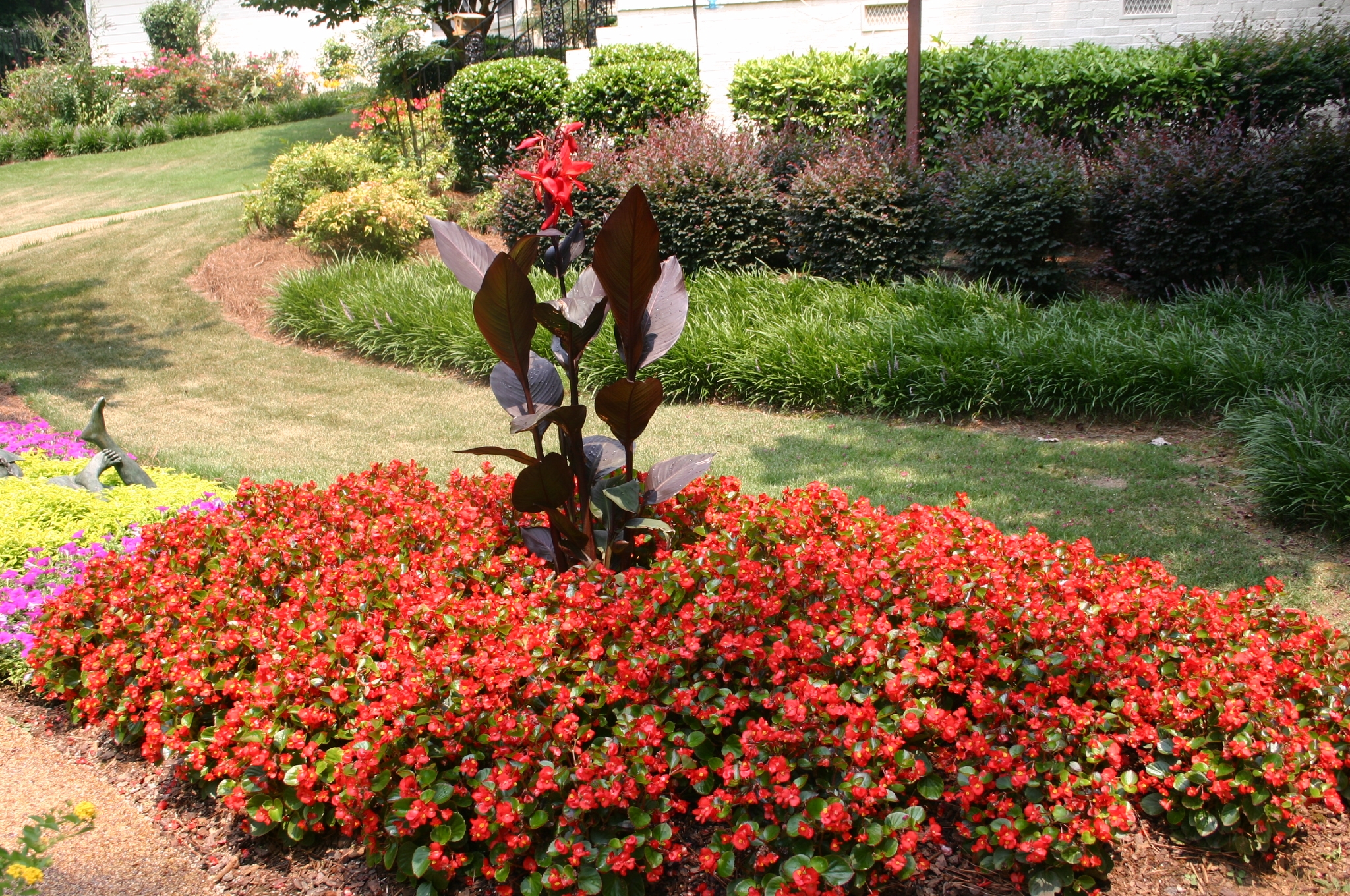Landscape – Fall Planting

A couple of weeks ago I described how to plant a balled & burlapped tree correctly. Some of the points I made in passing deserve more explanation because they are so basic to your success in planting anything this fall.
FALL IS FABULOUS FOR MOST PLANTS There are several reasons why it is better to plant in fall. The most important is soil temperature. Roots grow best when the soil is warm, between 55 and 75 degrees F. A fall-installed tree, shrub or perennial receives several weeks of vigorous root growth to ready itself for winter and for years of healthy growth. September and October provide ideal temperatures to get perennial plants off to a good start.
Spring planting is usually successful but root growth is limited by cold soil. In years with a long, cool spring, like the one just past, soil didn’t warm to 55 degrees until May! If we had experienced a dry summer, the inadequate root system of spring-planted shrubs and trees might have lead to their death.
SAVE MONEY There are good economic reasons for fall planting, too. Nurseries have plants that have been growing in the same containers all season. The plants will be bigger and they will make a more immediate visual impact. Prices may actually be lower as nurseries make room for Christmas trees or they reduce inventory for the slower winter months. The daylilies won’t be blooming and the hosta may look tired but rest assured that their half-price tag makes up for their temporary lack of beauty.
SOIL CONDITIONER IS IMPORTANT In the previous column, I made the point that research does not support adding soil conditioner to the area around a single tree or shrub. They might enjoy the rich soil so much that their roots never explore the harder soil outside the initial planting area.
Research is unequivocal about adding soil conditioner to plant beds, though. It is absolutely imperative!
Imagine going through life wearing a thick belt around your ankles, underwear two sizes too small and a towel wrapped over your mouth and nose. How vigorously would you be able to move each day? Our clay soil is the plant equivalent of a human straitjacket. Clay resists root penetration, excludes oxygen and holds too much water. The cause of most perennial plant problems is a poor soil environment.
FREE SOIL CONDITIONER If I’m buying it, I prefer bagged soil conditioner made from ground pine bark. It is easy to use and relatively inexpensive. Free soil conditioner is available, however, from several local municipalities. DeKalb County Public Works maintains compost piles at four locations. You can call your local waste disposal operator for their arrangement.
ADD LOTS OF IT I have been landscaping around a new water feature in the back yard. The soil around it is pure clay, yet I want ferns, hardy begonia and seasonal annuals to thrive there. I spade up a section, loosening the clumps of clay, and add a two inch thick layer of soil conditioner on top of the mound. I have a little 2-cycle tiller that makes short work of mixing the clay and the conditioner eight inches deep but you can accomplish the same with a shovel. The newly enriched soil assures me that the plants will prosper for years to come.
Like most efforts, the quality of your preparation determines your outcome. Whether you have in mind landscape renovation, transplanting a few shrubs or installing a bed of pansies, prepare now to give your plants the soil environment they deserve.






















